At the height of the pandemic housing frenzy, Boise was not just discovered. It was flooded with buyers.
That’s when housing market hawks first locked on to the Idaho metro for its eye-popping price increases. Since then, fascination with Boise has persisted — but now as the U.S. housing market has tipped into recession territory amid higher mortgage rates, some days hovering near 7%, there’s a new obsession with Boise.
It was first to the party. Now, as sales stall, inventory levels explode and prices begin to taper, Boise appears to be among the first to the hangover.
So what’s happening in Boise, and what’s in store for the western metro now that the U.S. housing market has shifted?
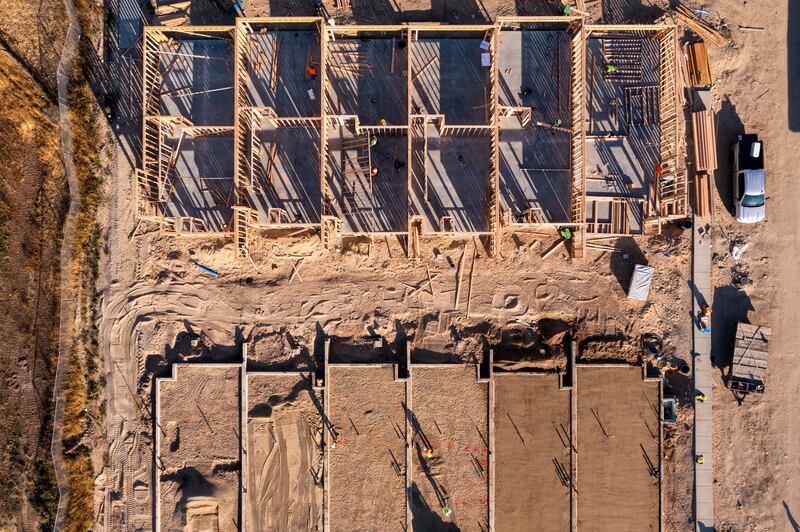
National buzz
Over the past two years, Boise has had numerous moments in the national spotlight.
For months, it has consistently ranked among the most “overvalued” housing markets, according to Florida Atlantic University research. Moody’s Analytics recently deemed it the nation’s most “overvalued,” saying Boise home prices are nearly 72% overvalued based on market fundamentals.
Boise was also recently called out — along with other markets like Las Vegas and Phoenix — for what Fortune termed “early-inning housing busts,” noting these “bubbly” markets, while they’ve been at the highest risk of home price corrections, they’ve also seen inventory levels spike over the last five months. Boise inventory is up 298%, Phoenix up 317% and Las Vegas up 192%, Fortune reported, using Realtor.com data.
Boise was also among the first to post a year-over-year home value decline in Zillow’s Home Value Index. The city saw a slight, -1.2% dip according to the index’s seasonally-adjusted data through Aug. 31, with a typical home value of $515,432, down from $521,690 as of Aug. 31, 2021.
That dip is slightly bigger using Zillow’s raw home value index data focused on the Boise metro area, which hasn’t been smoothed or seasonally adjusted, and is a figure Zillow researchers have been using because they say it more accurately captures the state of the market in real time given the current “volatile inflection period.”
According to that raw data, the Boise metro area saw a 3% year-over-year decline, with a typical home value of $491,232 as of Aug. 31. That’s down from $506,201 in August 2021.
However, when Zillow’s Boise metro area data is smoothed and seasonally adjusted, it shows a 1.3% growth in prices year-over-year.
Still, it’s a far cry from the double-digit, year-over-year price growth the metro was seeing in the middle of the pandemic housing frenzy. In August of 2021, that $506,201 typical value was almost 45% up year-over-year from $349,505 in 2020, according to Zillow’s raw index.
So what does all this mean?
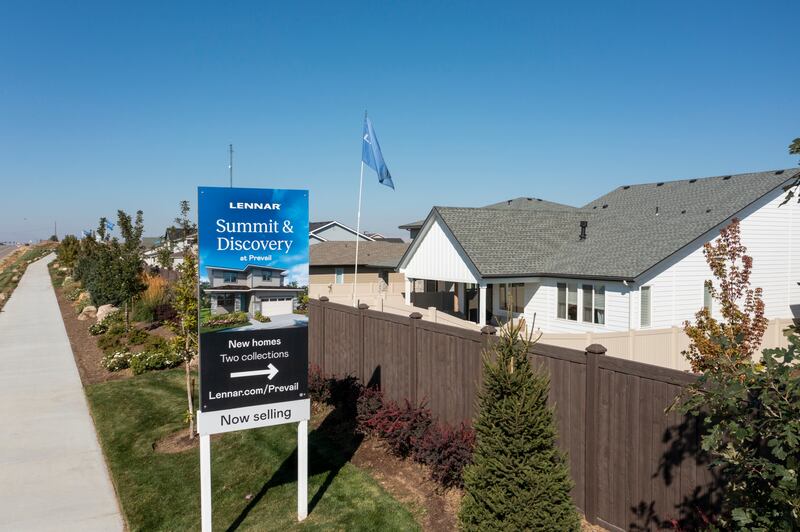
Is Boise in a housing bust?
National data shows Boise’s housing market is coming off its peak of high home price growth from a year ago, in July of 2021, when home prices were up over 47% year over year, according to Orphe Divounguy, a senior economist for Zillow.
“If you look at Boise ... price growth was kind of front-loaded compared to many U.S. metro areas,” Divounguy told the Deseret news. “So Boise went into the market with already pretty high prices, and momentum really built up during the pandemic and just peaked. And then mortgage rates rising this year made things worse.”
What that data doesn’t show is a “bust” or an indicator that Boise’s market is going to come crashing down.
“Not at all,” Divounguy said, adding that sellers are still in “a very comfortable position,” with many sellers now choosing to stay put if they’re locked in at a low rate. “They can just pull back. And if they pull back and inventory stops increasing, you’re not going to see a lot of price cuts.”
If enough sellers “price their homes reasonably, price their homes to sell,” he said they could still sell their homes for a significant price higher than even two to three years ago.
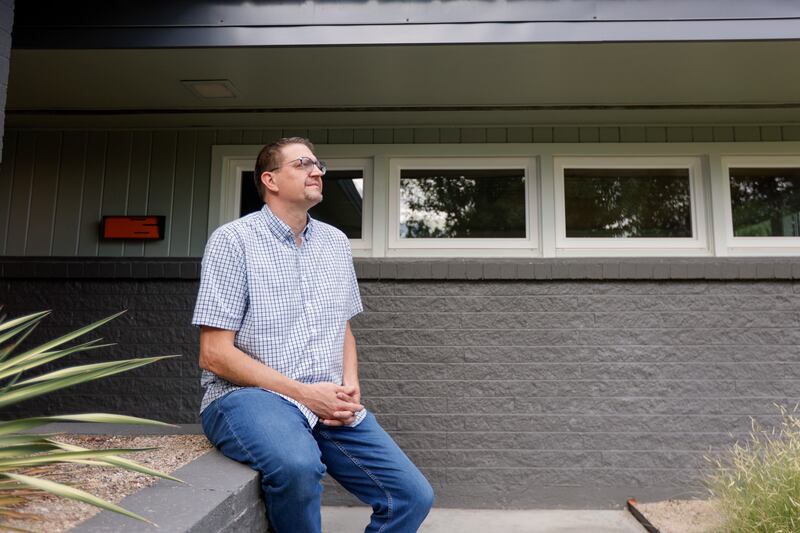
What are locals saying?
If you ask Boise real estate agents about whether Zillow’s data matches up with what they’re seeing in their local market, they say home price growth is beginning to level off — but they’re also quick to point out the issues of sensationalizing Zillow’s year-over-year price decline.
“The sky is not falling,” said TJ Pierce, a real estate agent with Mid-Century Homes by Anthology, which specializes in homes built in the ’50s and ’60s in Boise.
While yes, the days of wild home price increases over the last two years are over, in large part thanks to the Federal Reserve’s fight with inflation and rising interest rates, Pierce said the market isn’t crashing down. It’s stabilizing.
“Everybody knew it wasn’t going to last,” he said. “It’s just a matter of how long.”
Becky Enrico Crum, president of Boise Regional Realtors, said Boise’s housing market was strong before pandemic remote work opportunities, low interest rates and other factors accelerated demand in the Idaho metro. Now, that’s “leveling out.”
“The buyers are determining what that’s going to be,” Enrico Crum said, adding that while demand has since slowed, there are still “buyers buying.”
“We’re headed back to a normal market,” she said.
What does that mean for Boise home prices, if they’ll plateau, dip or drop? Enrico Crum said it’s hard to say. “We don’t know where the prices are going to finally land, because we’re still in process. We don’t know.”
As for all the national buzz, including reports that Boise is “overvalued,” Enrico Crum said “we’re always going to be in the news because we’re something to talk about.” At the end of the day, she said Idaho home prices accelerated because of the state’s quality of life, affordability compared to other states and its own growth.
“The reality is that people are going to continue to come here, that’s not going to change. I don’t see that changing,” she said. Now, as inventory levels recalibrate, she said “we’re headed to a more balanced market, which will be great because we haven’t seen a balanced market in four to five years.”
Pierce said there’s “too many good things going on” in Boise, from a healthy job market to its outdoor recreation offerings, for the metro to see a dramatic housing crash. It would take a major economic shift, not just in Idaho but across the entire nation, for home prices to take a significant tumble.
Pierce warned against reading too much into Zillow showing Boise’s year-over-year price decline. If the trend is reflective of anything, he said it’s “honestly because we’ve had such an aggressive incline ... because (home prices) were so low to begin with four to five years ago.”
Pierce also noted Idaho is a nondisclosure state that doesn’t require public disclosure of property sale prices, so he questioned Zillow’s home value accuracy.
Zillow stands by its “Zestimate,” which it said is “calculated using millions of data points, of which sold data is only one. This means that generally, we receive this data point from home sales in Idaho through our membership in local REALTOR© Associations and MLSs.”
Zillow also says the Zillow Home Value Index is “generally a better indicator of movements in the housing market than many alternatives. Many similar measures of housing market appreciation use a repeat-sales index, which rely on houses that have sold more than once and do not capture the full housing stock. ZHVI takes into account almost all U.S. homes using the Zestimate, including homes that have not been on the market for decades.”
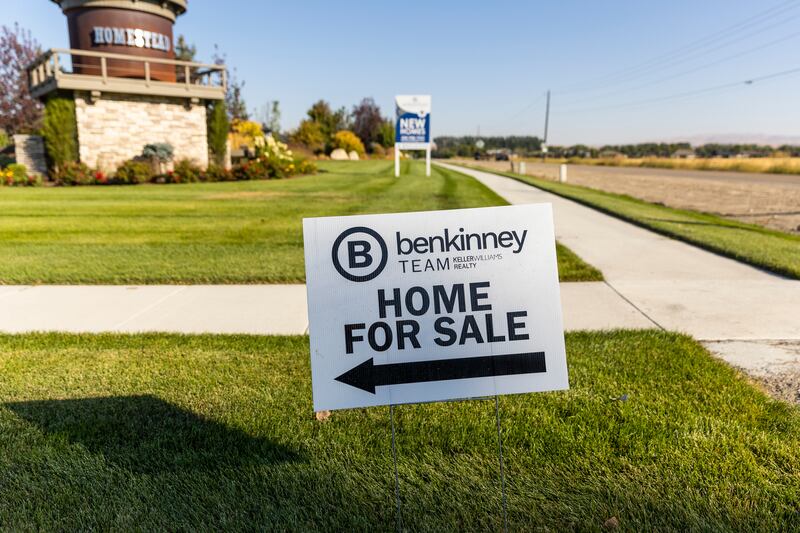
Idaho home prices
Zeroing in on county-level data, according to the Intermountain MLS website, more populated counties like Ada County (home to Boise), are still showing year-over-year home price growth, with a median sales price of $565,000 for single-family homes as of August, up 6.6% year over year.
However, hop over to a more rural county — like the much smaller Adams County, located three hours north of Boise — and you’ll see some of these markets, with much smaller inventories, posted year-over-year price declines.
For example, Adams County’s median sales price of single-family homes fell -37.7% year-over-year in August to $357,500, down from $574,500 in August of 2021. Note, however, Adams County’s home inventory is much smaller, with 39 active listings in August compared to Ada County’s 2,374. In August, only six homes sold in Adams County.
Here’s a county-by-county breakdown of Idaho’s single-family median home sales price and its year-over-year change as of August, according to the Intermountain MLS website. This list excludes some counties that did not record a single-family home sale in August 2022 or 2021 to compare.
- Ada County: $565,000, +6.6%.
- Adams County: $357,500, -37.8%.
- Boise County: $562,000, +22.2%.
- Canyon County: $440,990 +7.2%.
- Cassia County: $290,000, +34.9%.
- Custer County: $252,500, +9.8%.
- Elmore County: $346,725, +11.1%.
- Gem County: $393,723, +0.3%.
- Gooding County: $294,500, +15%.
- Idaho County: $350,000, +16.67%.
- Jerome County: $394,875, +29.47%.
- Latah County: $452,000, +25.6%.
- Lincoln County: $220,000, -7.3%.
- Minidoka County: $275,250, +15.9%.
- Nez Perce County: $357,000, +11.6%.
- Owyhee County: $325,000, -37.8%.
- Payette County: $387,500, +23.6%.
- Twin Falls: $359,900, +2.9%.
- Valley County: $700,000, -8%.
- Washington County: $252,000, -20.5%.

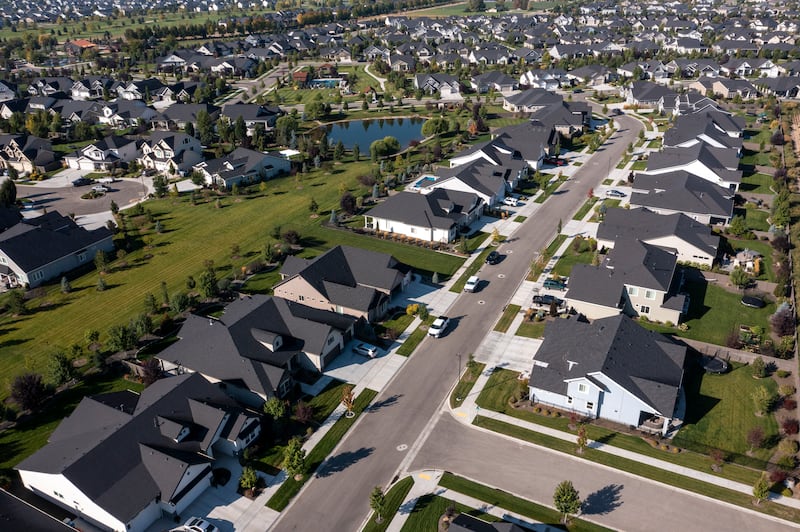
 alt=Katie McKellar
alt=Katie McKellar